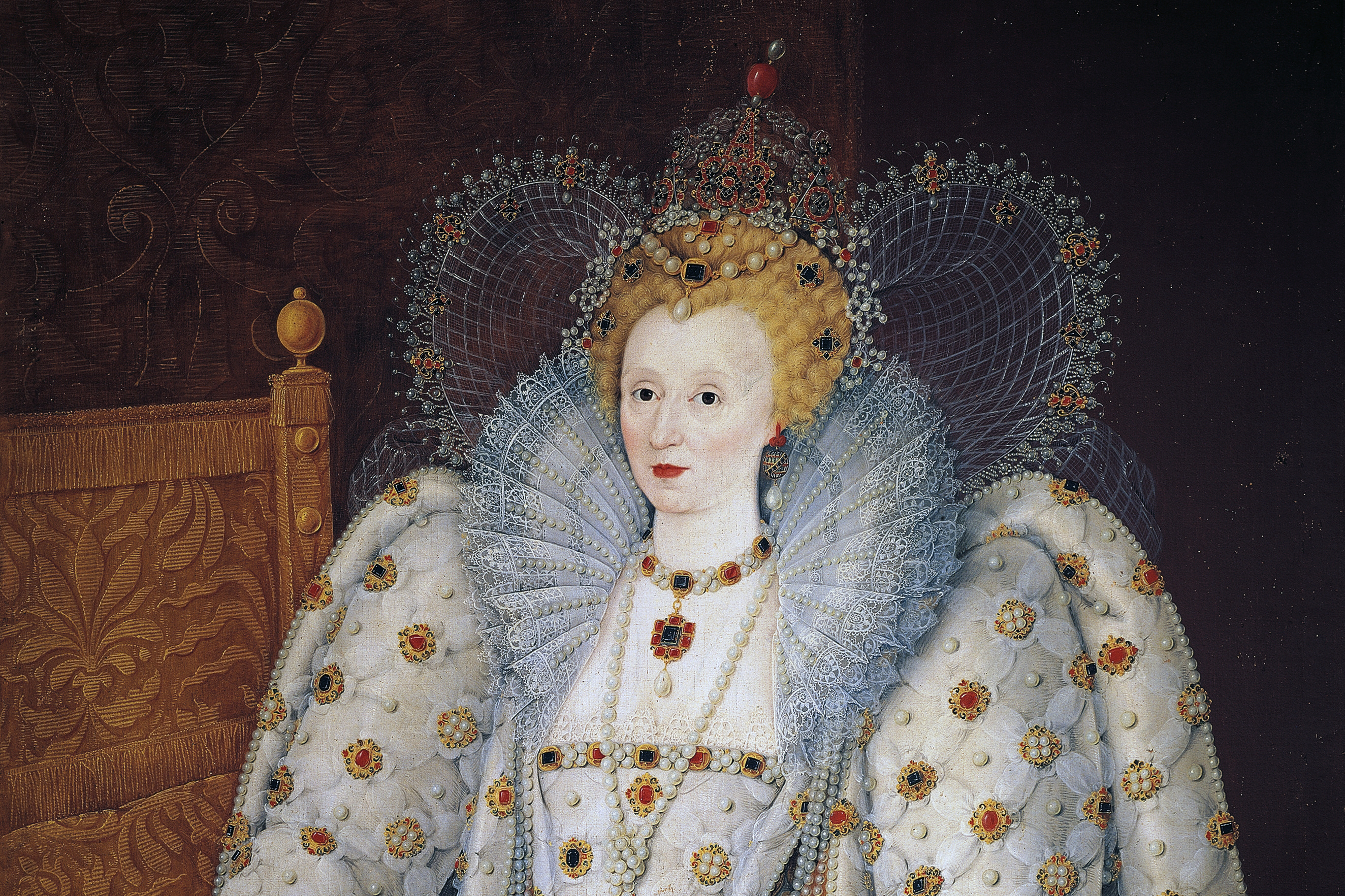Elizabeth I's terrible handwriting helps scholar identify a manuscript written by Good Queen Bess herself
Ill-formed letters helped University of East Anglia academic Dr John-Mark Philo identify the Queen as the author of a late 16th-century translation of Tacitus


A newly rediscovered manuscript has just been attributed to Elizabeth I — thanks to poor handwriting. A literary historian from the University of East Anglia, John-Mark Philo, stumbled upon the work — a translation of a book by Tacitus, which extolled the virtues of the monarchy as a political system — while looking for other 16th-century translations of the the Roman historian’s writings. Dr Philo's findings are published in the Review of English Studies.
Historians knew the Queen had translated a portion of Tacitus’ Annals, but they had never located it. Meanwhile, the manuscript had made its way to the labyrinthine Lambeth Palace Library, after having been acquired by Thomas Tenison, Archbishop of Canterbury from 1694 to 1715, who was a collector of Tudor works. It has remained there ever since but had never really been attributed to anyone — until now.
Dr Philo was initially struck by the fact that the manuscript was written on a special type of vellum that had been used by the Queen in her own private correspondence and was similarly watermarked with a rampant lion and the letters GB featuring a crossbow countermark. The style of translation was also reminiscent of other works put into English by Elizabeth I, who had an interest in classical culture. But what ‘clinched it’ for Dr Philo was the terrible handwriting used in the corrections and additions to the main text.
‘Her late handwriting is usefully messy – there really is nothing like it – and the idiosyncratic flourishes serve as diagnostic tools,’ he told The Guardian. ‘If you were a professional scribe, you were trained to write regularly and elegantly, you needed your writing to be understood. As a general rule, the higher up the hierarchy you are the more liberties you can take.’
And the Queen took many liberties, particularly in her later years: she wrote her ‘m’ and ‘n’ as little more than strokes and her ‘e’ and ‘d’ were hardly neat either.
This may have made it hard for courtiers to decipher her scripts, but for Dr Philo, it was a huge asset. ‘In terms of proving someone’s authorship that’s an absolute gift. That was the exciting moment, the real clincher.’

A centuries-old altar cloth from a rural English church turned out to be the 'lost dress' of Elizabeth I, and it's set to go on public display
An altar cloth that turned out to be part of a gown belonging to Elizabeth I is going on display
Exquisite houses, the beauty of Nature, and how to get the most from your life, straight to your inbox.
Carla must be the only Italian that finds the English weather more congenial than her native country’s sunshine. An antique herself, she became Country Life’s Arts & Antiques editor in 2023 having previously covered, as a freelance journalist, heritage, conservation, history and property stories, for which she won a couple of awards. Her musical taste has never evolved past Puccini and she spends most of her time immersed in any century before the 20th.
